10 Empowering Travel Tips to Banish Back and Neck Pain This Summer
Summertime and travel go hand in hand. This season, individuals, families and groups are setting off on adventures near and far. But summer travel, while exciting, often brings the unwelcome guest of back and neck pain, dampening the joy of exploration. Whether you’re off to vacation paradises, thrilling sporting events, or business trips, discomfort can strike regardless of the occasion or mode of transportation—be it car, bus, plane, or boat.
Travel challenges your back and neck due to the repetitive actions of bending, twisting, reaching, and lifting luggage; prolonged periods of sitting; the stress of planning and meeting schedules; disrupted sleep patterns; and changes in diet and hydration. But fear not! Here are ten empowering travel tips designed to keep you pain-free and fully enjoying your summer escapades.
1. Pack Like a Pro
- Channel your inner minimalist: bring only what you need and pack efficiently. Opt for luggage with wheels and a retractable handle to save your back.
- Balance the weight in your bags and avoid overloading them. A lighter load equals less strain on your body.

2. Lift with Power, Not Pain
- Master the art of lifting: bend your knees and use your leg muscles, not your back, to hoist your luggage.
- Engage your core before lifting luggage to help prevent back strain.
- Keep your luggage close to your body, like a hug, to avoid unnecessary strain.
3. Embrace Neck-Friendly Travel Gear
- Treat yourself to a high-quality travel pillow that supports your neck’s natural curve. This small investment can make a big difference in comfort.
- Experiment with different pillow shapes and materials to find your perfect match.
4. Posture Perfect: Sit Like a Champ
- Command your seat: adjust it so you sit upright with your back supported and feet flat on the floor.
- Resist the urge to slump or lean forward, which can stress your spine. Sit tall and confident.
5. Move and Groove: Frequent Breaks are Key
- Be a movement maestro: every hour, stand up, stretch, and take a short walk. Keeping your muscles active prevents stiffness.
- On road trips, plan pit stops not just for fuel, but for your well-being. Stretching and walking keeps you refreshed.
6. Hydration and Nutrition: Your Travel Allies
- Drink water like it’s your job. Staying hydrated keeps your muscles flexible and reduces the risk of cramps.
- Opt for balanced, light meals that fuel your body without causing discomfort. Fresh fruits, veggies, and lean proteins are your friends.
7. Ergonomic Essentials: Bring Your Own Comfort
- A lumbar support cushion can be your best travel companion, providing your lower back with the support it craves.
- Choose seats and chairs with good back support whenever possible, and don’t be shy about asking for what you need.
8. Stretch to Success: Keep Those Muscles Happy
- Incorporate simple stretches into your travel routine to keep your muscles limber and tension-free.
- Focus on stretches that target key areas like your neck, shoulders, back, and legs to stay agile.

9. Stress Less: Plan Like a Zen Master
- A well-organized itinerary can be a game-changer. Plan ahead to reduce last-minute stress and enjoy a smoother journey.
- Build in extra time for unforeseen delays, so you’re always ahead of schedule and stress-free.
10. Sleep Smart: Adjust with Ease
- Bring your own pillow from home for consistent neck support and a touch of familiarity.
- Practice good sleep hygiene by maintaining a regular sleep schedule and creating a relaxing bedtime routine, even on the go.
Whether you’re discovering new places, cheering at events, or sealing business deals, make every moment count. Empower yourself as well as others to have pain-free travels and unforgettable summer experiences! By taking care of your back and neck, you’ll be free to fully embrace the adventure, excitement, and wonder that travel brings.
Safe and happy journeys!
Contact Dr. Donkin if you have questions about helping or preventing back and neck pain while traveling.
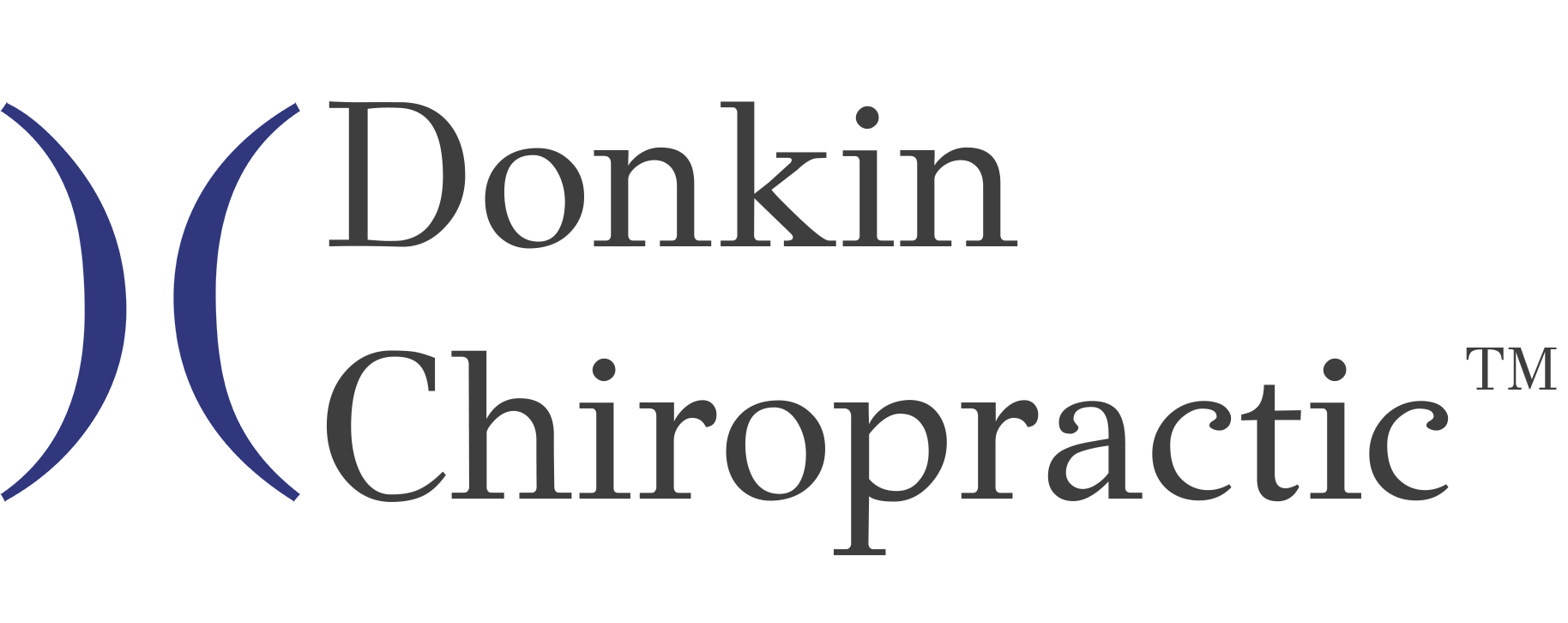
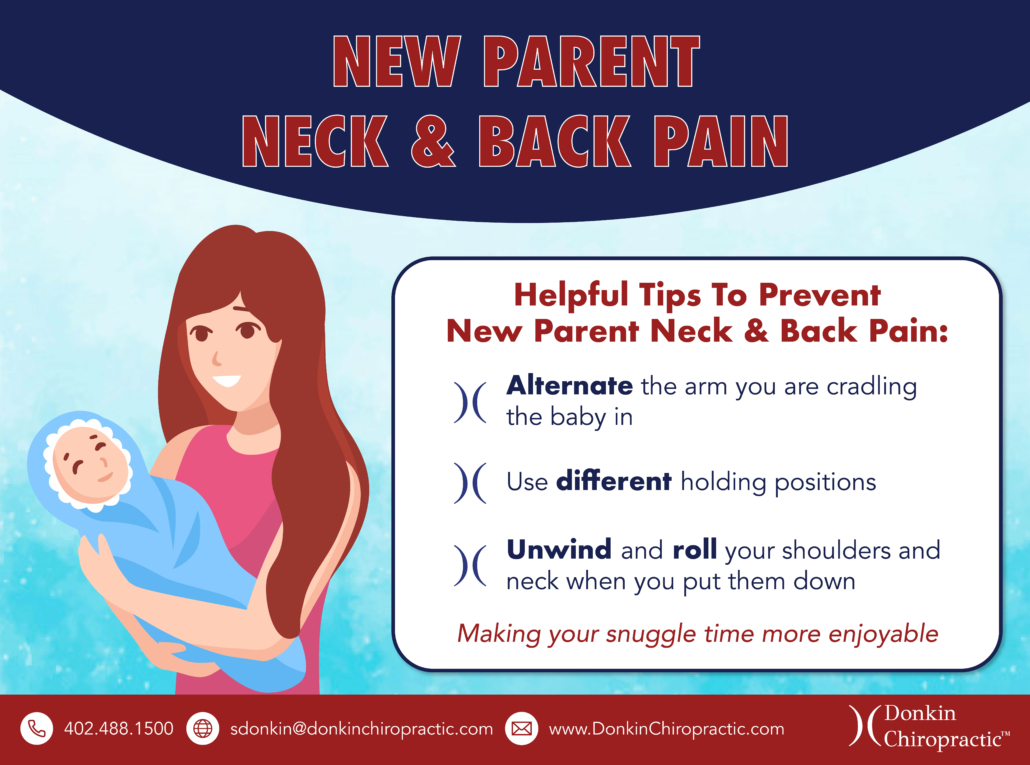
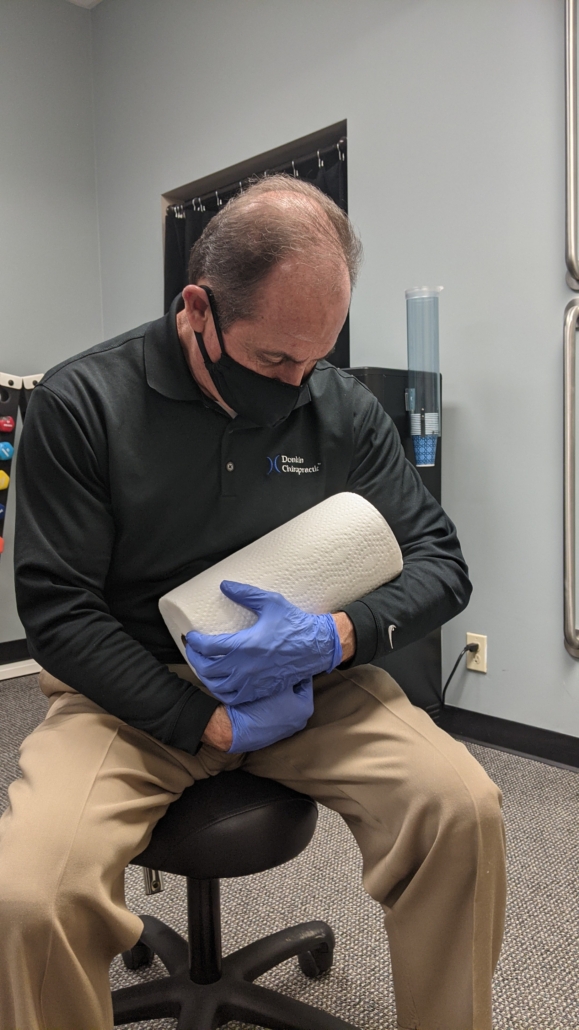
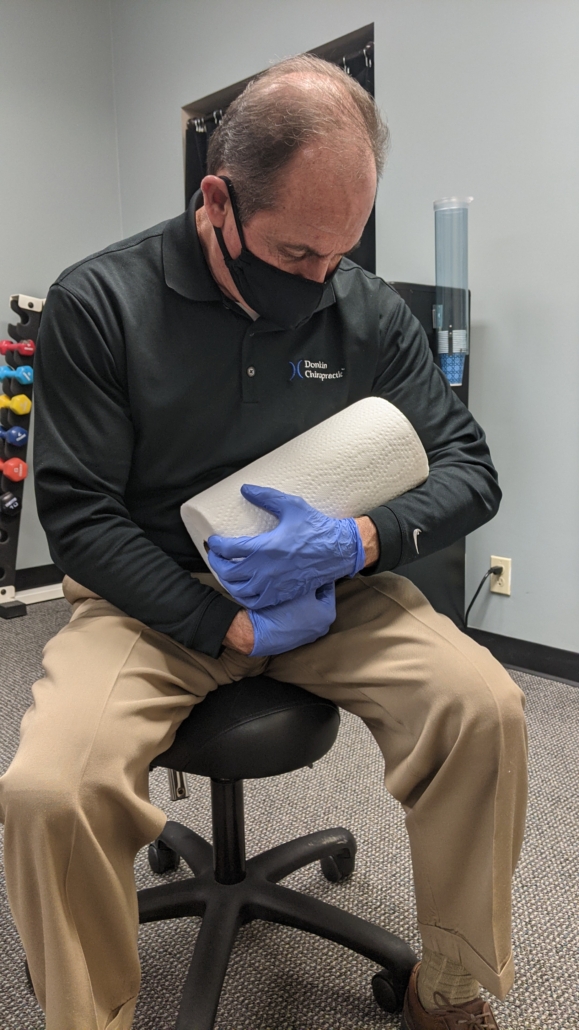
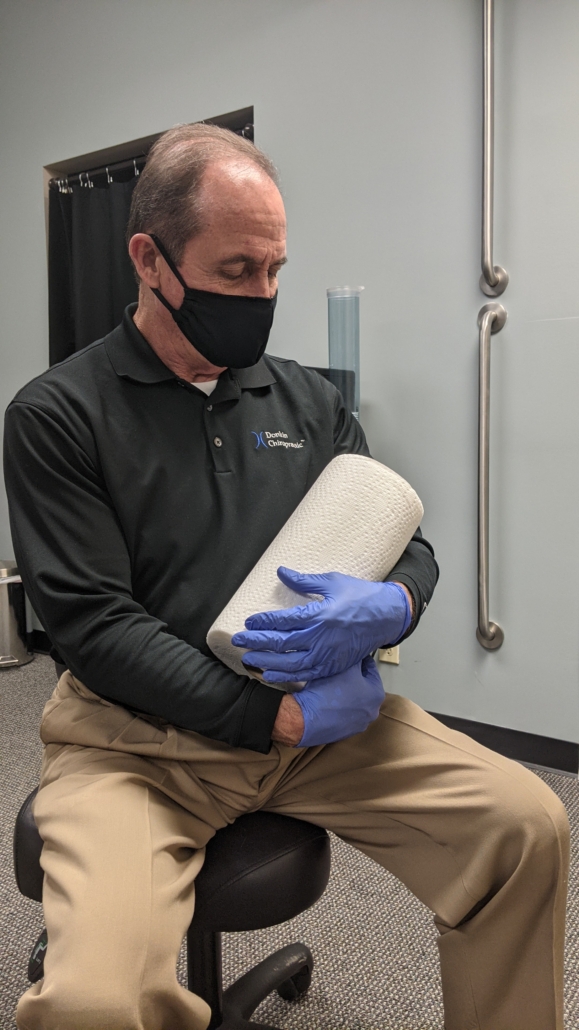
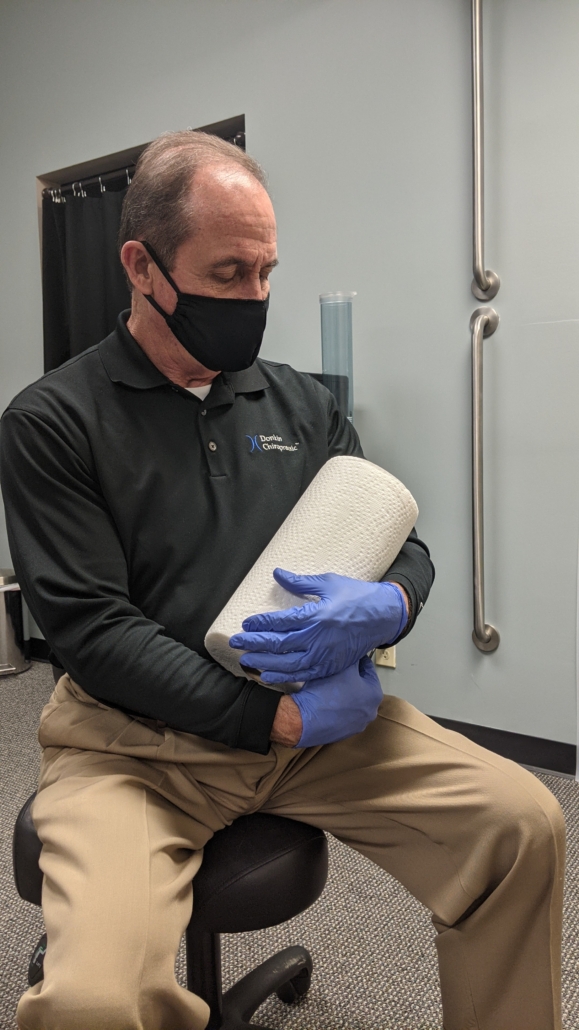
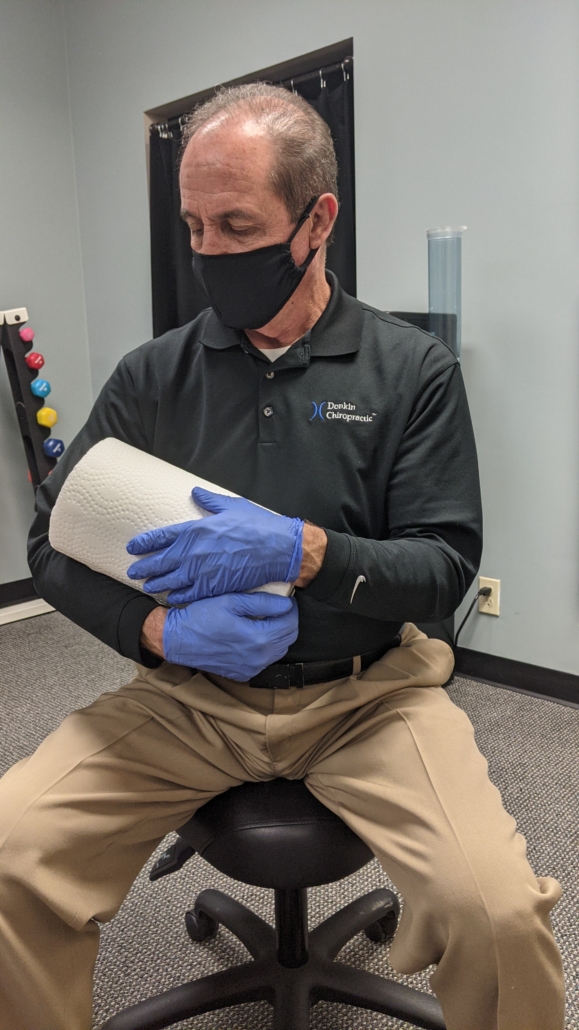
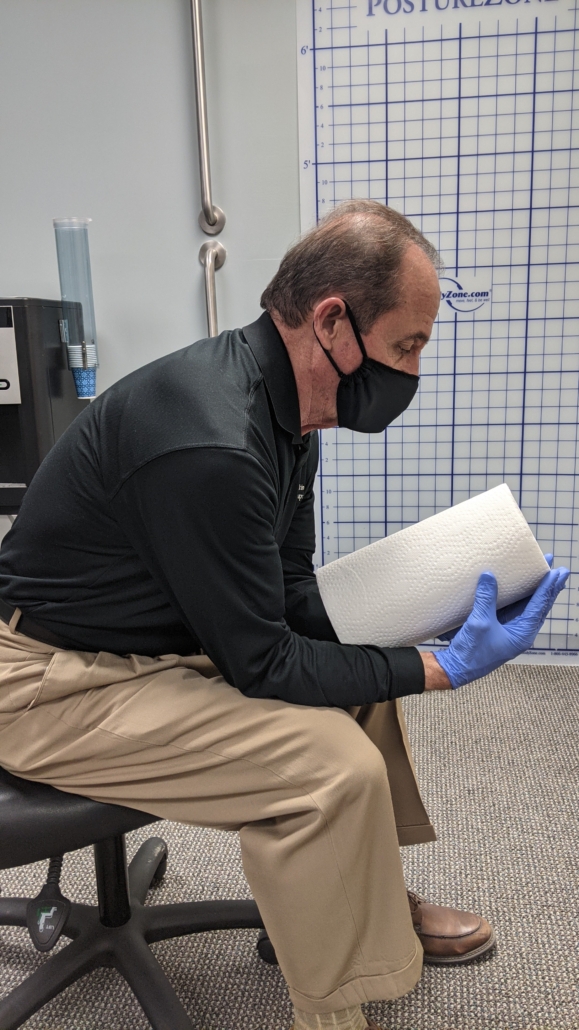
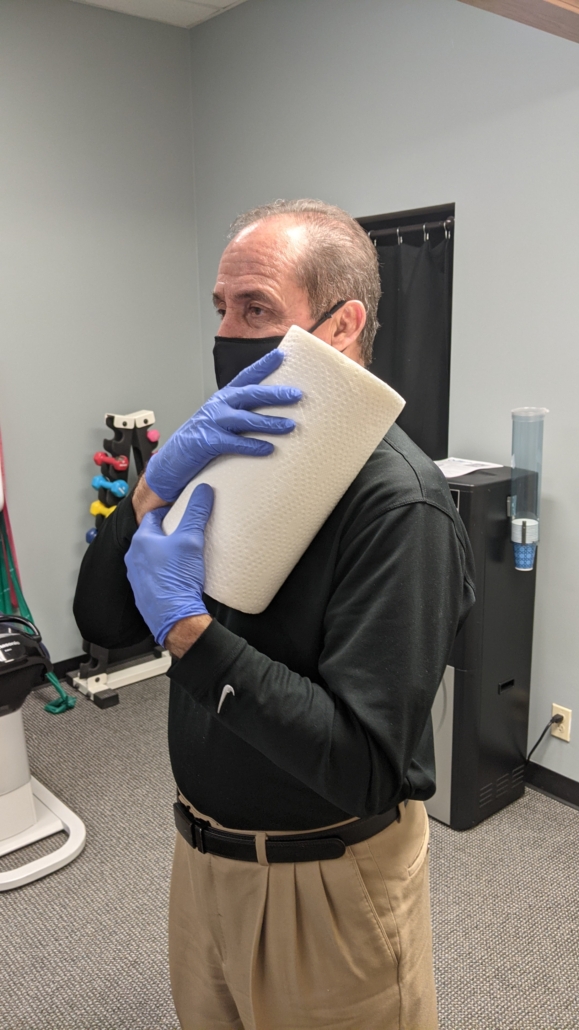
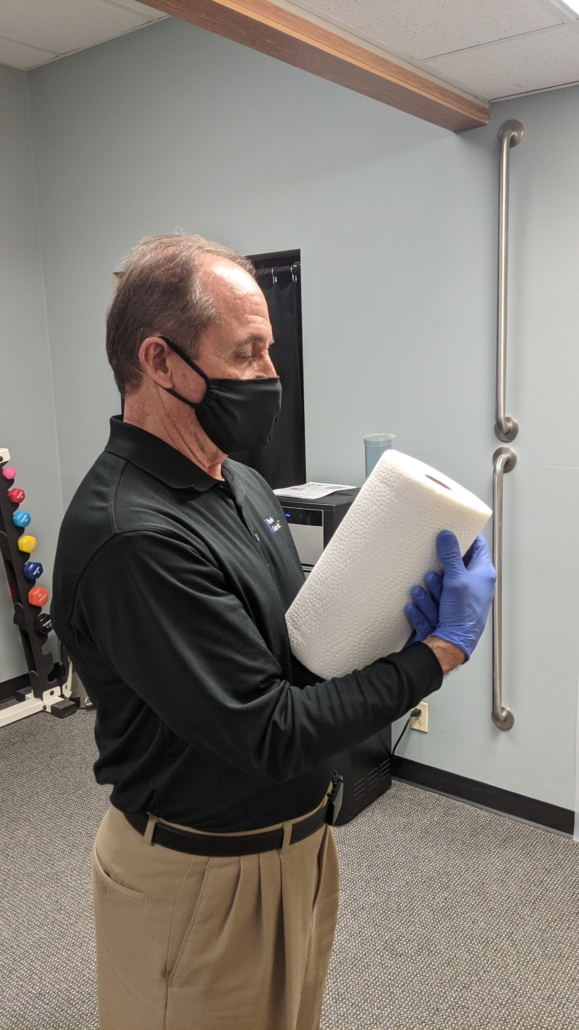






 Scott Donkin, DC, DACBOH, is an internationally published author, chiropractor, lecturer, and consultant who has been in private practice in Lincoln, Nebraska for over twenty-five years.
Scott Donkin, DC, DACBOH, is an internationally published author, chiropractor, lecturer, and consultant who has been in private practice in Lincoln, Nebraska for over twenty-five years.